“Don’t cut the grass over there!”
My husband ran toward me as I was finishing the weekly lawn routine.
“I wasn’t planning to,” I replied, and shut off the motor. “But why?”
“All the violets are in bloom.”
And they were.
All through the grass in a patch in front of my garden window. Purple, white, and a mix of purple and white. Even though dandelions also sprouted their stuff, demanding some of the attention, the carpet of wild violets was quite pretty.
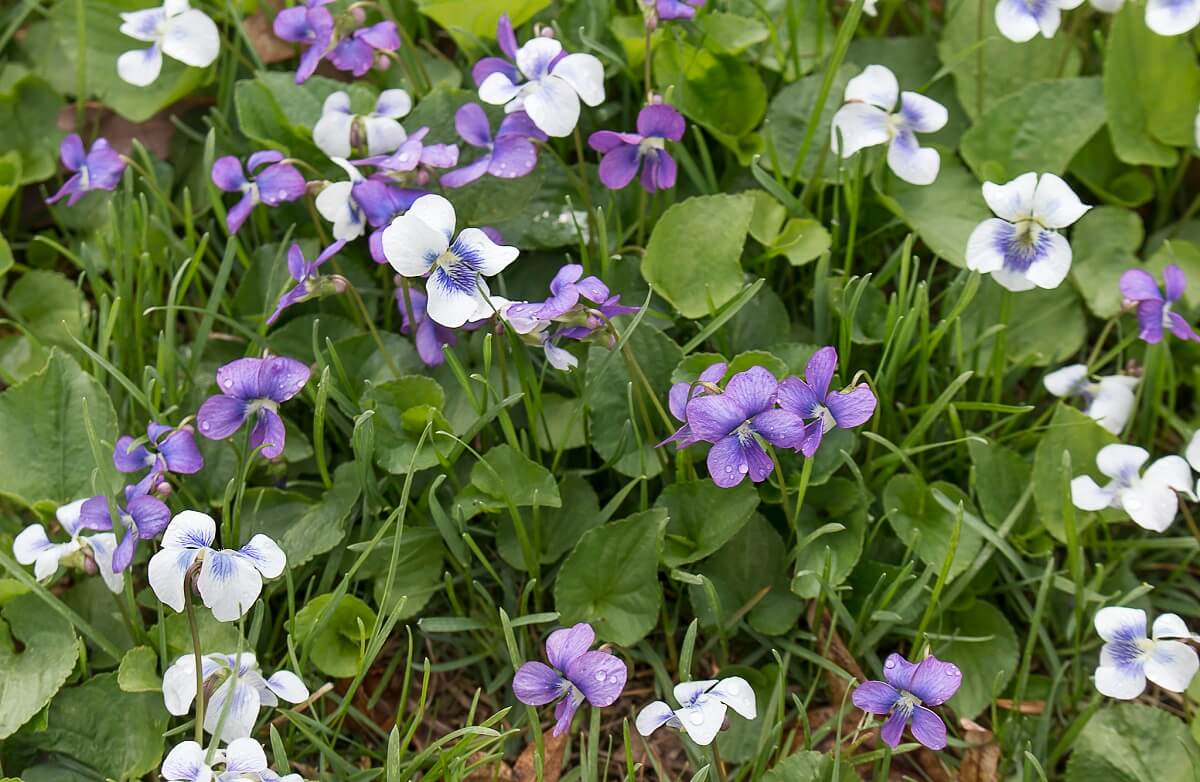
“They’re invasive,” a friend had warned.
“Weeds,” another advised. “Get rid of them”.
But I didn’t, and I wouldn’t. I like my wild violets. I let them grow around my rhubarb to offer some shade to the roots when the summer sun gets brutally hot. I let them grow around evergreen trees where the shade is too intense for anything else to grow. I let them grow in tiny, cramped spaces where nothing else will thrive.
Wild Violets Versus African Violets
I also learned that wild violets, unlike the African violet, are edible and have medicinal uses as well. They’re not only pretty but beneficial.
African violet leaves are different from the wild violet. The leaves on an African violet are oval with a soft velvety texture on top and smooth surface underneath. The wild violet leaves are heart-shaped and smooth on both top and bottom.
A similarity between the African violet and the wild violet is they both thrive on being crowded. Both plants fill their prescribed area (be it a pot or an outdoor garden space) with ease and try to spread beyond their confines. Yes, even the African violet sends trailers beyond the pot to propagate more plants.
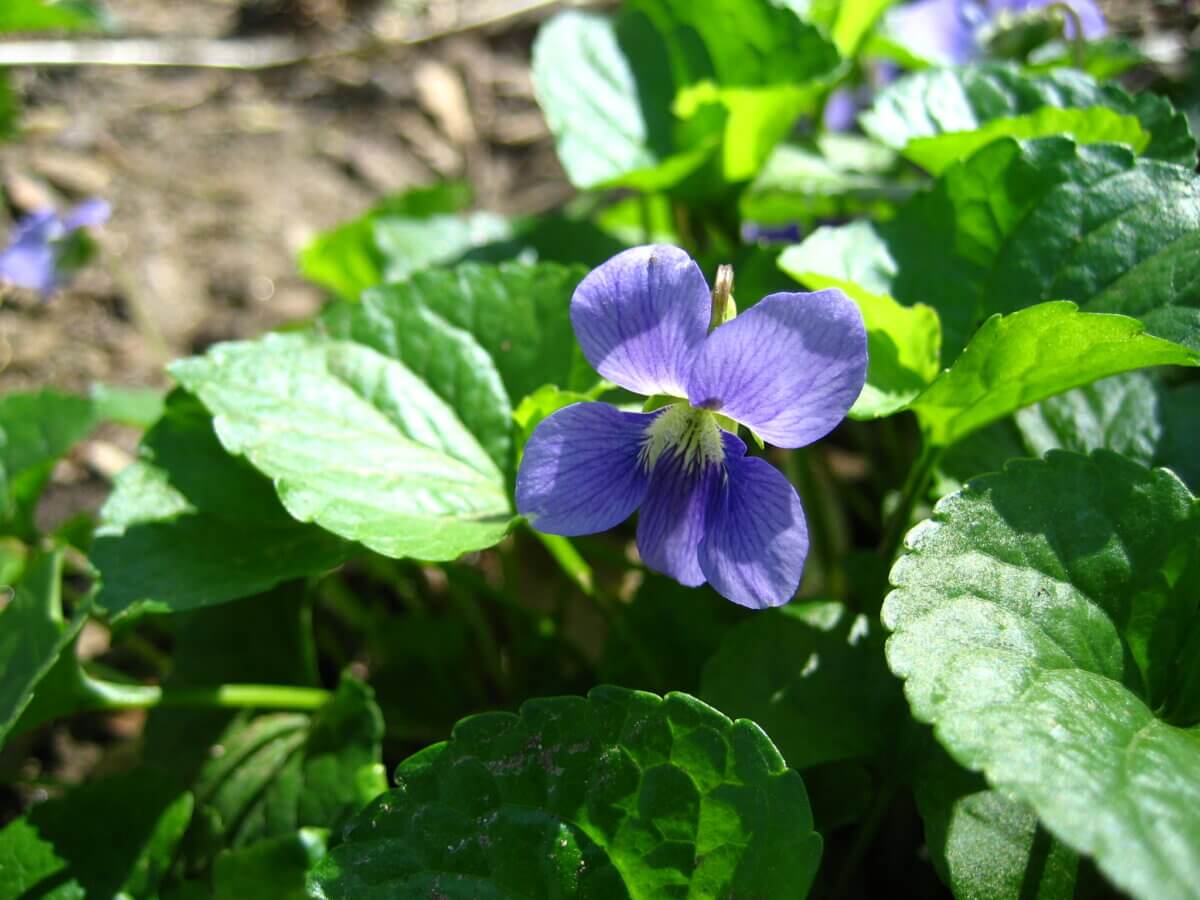
Wild violets are indeed wild in the fact they grow anywhere and everywhere — even in the grass. This perhaps explains why so many people believe wild violets are an invasive weed like the dandelion. But even dandelions have medicinal and culinary aspects. I guess we shouldn’t judge a weed by its invasive nature alone!
Related Post: How To Care For African Violets
Growing in clumps, the wild violet might reach 4 to 6 inches in height, though sometimes they grow a bit taller. During a drought, if not watered, the plant will shrivel to the ground. But like grass, as soon as it’s watered, it perks right up again.
Edible Uses For Wild Violets
Wild violets (Viola sororia or Viola sororia ‘Albiflora’) might be pretty like the indoor African violets, but the similarities end with the prettiness. The tiny, multicolored flowers on the African violet can make you very sick if you eat them.
However, the tiny flowers on the wild violet can be thrown on a salad or a sandwich for a colorful combo and consumed without worry of any dire side effects. They also add a slightly sweet tang.
And since they’re a little sweet, why not add them to some of your specialty desserts for decor and taste? Wild violet flowers are packed full of vitamins A and C. In fact, wild violets are packed with more vitamin C by weight than oranges.
Wild violet flowers can be used to make a variety of edible items such as violet vinegar, jelly, tea, syrup, and candied violets. You can also place wild violet flowers in ice cube trays to make colorful ice cubes for your summer beverage.
And, don’t forget the wild violet leaves. They’re edible as well and make a good addition to your salad mix. You can also cook the leaves, though they may taste rather bland. However, when included with other cooked veggies, you can be assured you’re adding a lot of nutrients as the wild violet leaves are as full of vitamins as the flowers.
Medicinal Uses For Wild Violets
Medicinally, wild violets are good to have around. Considering the plant can act as a mild laxative, you might want to limit your consumption to what your body can tolerate.
Given its laxative capabilities, it makes a good remedy for constipation. And since spring is a good time to purify the body and promote new energy, wild violets are perfect for eliminating waste from the body and stimulating the lymphatic glands to rid the toxins.
Wild violets are also great for the immune system. They help reduce inflammation and they’re good to treat a variety of issues like sore throats.
Wild violet poultices are beneficial in treating headaches and were commonly used by aboriginals. This may have something to do with the salicylic acid in the flower, a component also found in aspirin. With its antiseptic properties, wild violets are also applied as ointments for treating minor scrapes or bruises.
With all these wonderful uses and benefits of wild violets, you might want to rethink your elimination strategy. But at the same time, be mindful that a good thing can be overused and cause uncomfortable side effects.
How To Harvest Wild Violets
Have I convinced you to keep your wild violets? I hope so. Now, how to harvest. Spring is the best time to harvest wildflowers because that’s when the flowers are plentiful. Morning is the preferred time of day as the blossoms covered in overnight dew, tend to be freshest in the morning.
Gather the flowers (and leaves if you intend to use them) and use fresh. Or you can dry the wild violet flowers for later use. Be careful where you harvest wild violets, taking into consideration some patches that may have been sprayed with pesticides.
Wild Violet Tea
One of the best ways to enjoy wild violets from your yard is to turn them into a tea.
Ingredients
- 1/2 tablespoon dried wild violet leaves
- 1 teaspoon dried wild violet flower petals
- Boiling water
- 2 teaspoons liquid honey (optional)
Directions
- Steep the wild violet leaves and flower petals in boiling water for 5 minutes.
- Strain the leaves and petals before drinking.
- For a milder taste, add liquid honey. It makes a delightful restorative tea.
Wild Violet Vinegar
With the slightly sweet flavor they offer, wild violets are the perfect complement for vinegar-based salad dressings and spreads. Combine the two in this simple wild violet vinegar.
Ingredients
- 1 1/2 pints wild violet flower petals (should fill a pint jar when loosely packed)
- 1 1/2 cups white vinegar
Directions
- Wash the wild violet flower petals and spread them on a towel to dry. Loosely pack the clean, dry wild violet flower petals in a clean glass pint jar.
- In a saucepan, warm vinegar to a simmer (do not boil). Pour warm vinegar over the loosely packed wild violet flower petals, leaving about an inch of space at the top.
- Cover jar and store in a dark, cool location for up to a week. Watch as the color appears. The longer the wild violet flower petals sit in the vinegar concoction, the deeper the color.
- When the vinegar is a violet shade, strain the blossoms and put the infused vinegar in a clean glass jar. The strained flower petals may be composted, and the infused vinegar used in salad dressings.
Wild Violet Jelly
Turn wild violet into jelly and enjoy it spread on a fresh piece of sourdough bread.
Ingredients
- 3 cups loosely packed wild violet flower petals
- 2 1/2 cups boiling water
- 1 large lemon, squeezed for its juice
- 1 package jelly pectin
- 3 cups granulated sugar
Directions
- Wash and dry the wild violet flower petals. Pour the boiling water over the petals and allow the mixture to turn a deep blue or purple (depending on the shade of wild violets used. This process may take several hours.
- Strain the mixture, discarding the wild violet flower petals in the compost. Add the juice squeezed from the lemon. It may change the color slightly.
- In a medium-sized saucepan, add the mixture and mix it with the pectin. Bring to a heavy boil over high heat and boil for about a minute.
- Add the sugar all at once and bring to a boil again, boiling for another minute.
- Remove from heat and immediately pour into sterilized glass jars. Store in the refrigerator for up to two weeks, or process in a water bath for 5 minutes to guarantee longer storage.
With so many possible and beneficial uses for wild violets, I no longer mind if they fill my lawn (or my gardens). I hope I’ve convinced you, as well.


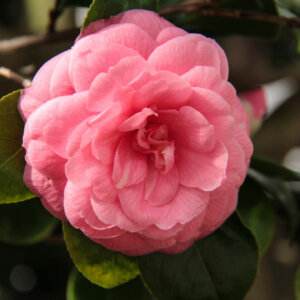


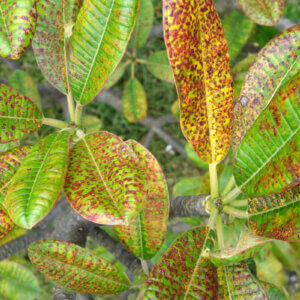








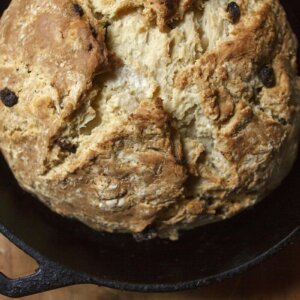







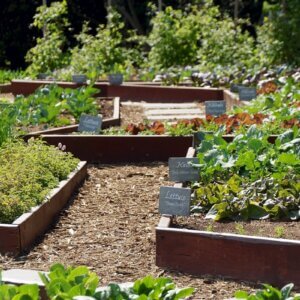
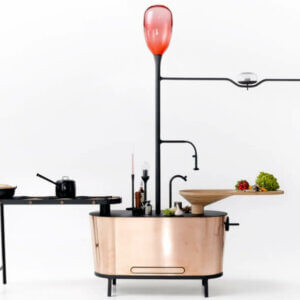




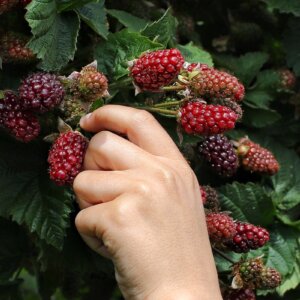
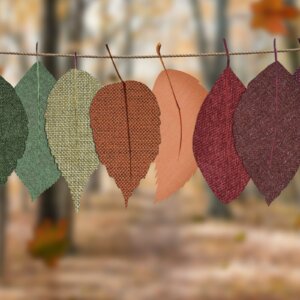



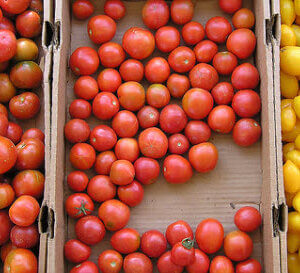



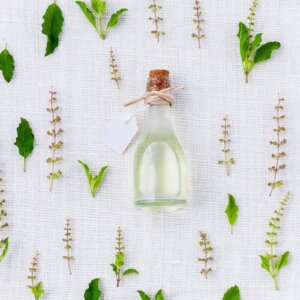

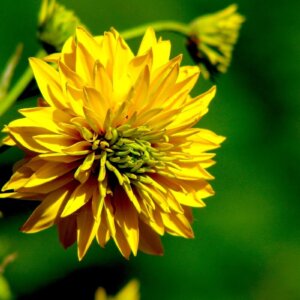
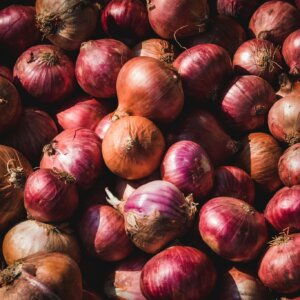

We love wild violets on our homestead! So happy to read about someone else who shares that love, too. 🙂 I actually transplanted some out of the field–pre-mowing– and into the garden. They’re wonderfully drought-tolerant, and hold up where other flowers would wilt.
I find the greens to be even more useful than the blooms. When cooked, they have an okra-like mucilage which is actually quite pleasant. One of our favorite recipes is to cook a huge mess of violet greens, blend them with yogurt, garlic, ginger and spices, and to simmer cubes of homemade paneer in it–a sort of wild saag paneer.
Can wild violets grow in large pot indoors?
Yes, definitely – they grow just about anywhere.